Stay Ahead of the Curve
Latest AI news, expert analysis, bold opinions, and key trends — delivered to your inbox.
OpenAI Launches “Lightweight” Deep Research Tool for ChatGPT Users
5 min read OpenAI launched a "lightweight" version of its deep research tool, available to free and paid users. Powered by the o4-mini model, it offers faster, cost-effective research with shorter yet detailed responses, making AI research more accessible. Enterprise and educational users will gain access next week. April 25, 2025 10:49
OpenAI is making strides in making its deep research capabilities more accessible. On Thursday, the company announced the launch of a new “lightweight” version of its ChatGPT deep research tool, set to roll out to ChatGPT Plus, Team, and Pro users. Starting today, free ChatGPT users will also get access to this tool.
This new iteration is powered by OpenAI’s o4-mini model, offering a more cost-effective alternative to the "full" deep research version. While the lightweight model won’t match the full version’s capability in terms of depth and length, it ensures faster, cheaper service while maintaining a satisfactory level of detail.
How It Works and What’s Different
The lightweight deep research tool operates by scouring the web for information, summarizing it, and compiling research reports on any given topic. OpenAI states that the responses will typically be shorter but still maintain the depth and quality users expect. This enables OpenAI to offer higher usage limits, especially in comparison to the original version of deep research, which has stricter limits.
Automatic Switching: Once users hit the original deep research tool’s limits, queries will seamlessly default to the lightweight version without interruption.
Why It Matters in the AI World
This move comes amid a wave of deep research tools introduced across other AI-powered chat platforms. Google’s Gemini, Microsoft’s Copilot, and xAI’s Grok are just some of the major players offering similar research capabilities, all powered by reasoning AI models. These models are equipped with critical thinking and self-checking abilities, which are essential for carrying out rigorous research tasks and ensuring accuracy.
OpenAI’s lightweight deep research version aims to compete by providing a scalable, accessible option, especially for users with budget constraints. The decision to introduce this tool to a wider audience reflects OpenAI's ongoing effort to democratize access to powerful AI research tools, ensuring that more individuals and organizations can benefit from advanced reasoning capabilities.
Upcoming Rollout and Enterprise Access
Next week, Enterprise and educational users will gain access to this lightweight version, aligning with the same usage limits as Team users. This move positions OpenAI to meet the growing demand for AI-driven research tools while balancing cost efficiency and performance.
What This Means for the Future of AI Research Tools
OpenAI’s introduction of the lightweight deep research model makes it more feasible for a broader range of users to incorporate AI into research workflows. As more companies, researchers, and students tap into these tools, AI’s role in knowledge gathering, analysis, and decision-making is poised to expand rapidly.
For AI developers, this shift could redefine how research tools are used across industries, making high-quality, AI-powered research accessible on various scales—from individuals to large enterprises. This also challenges competitors to continue improving their own models to keep pace with OpenAI’s expanding features.
In the long run, the scalability of this lightweight research model might spark further development of cost-effective AI tools for users who need robust features without the premium price.


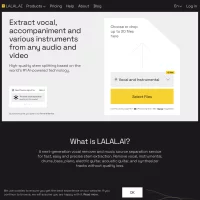

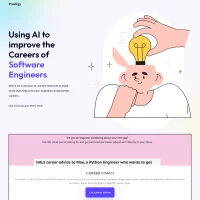

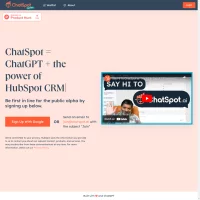


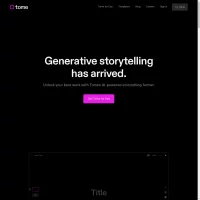



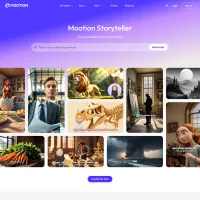





 AI Agents
AI Agents